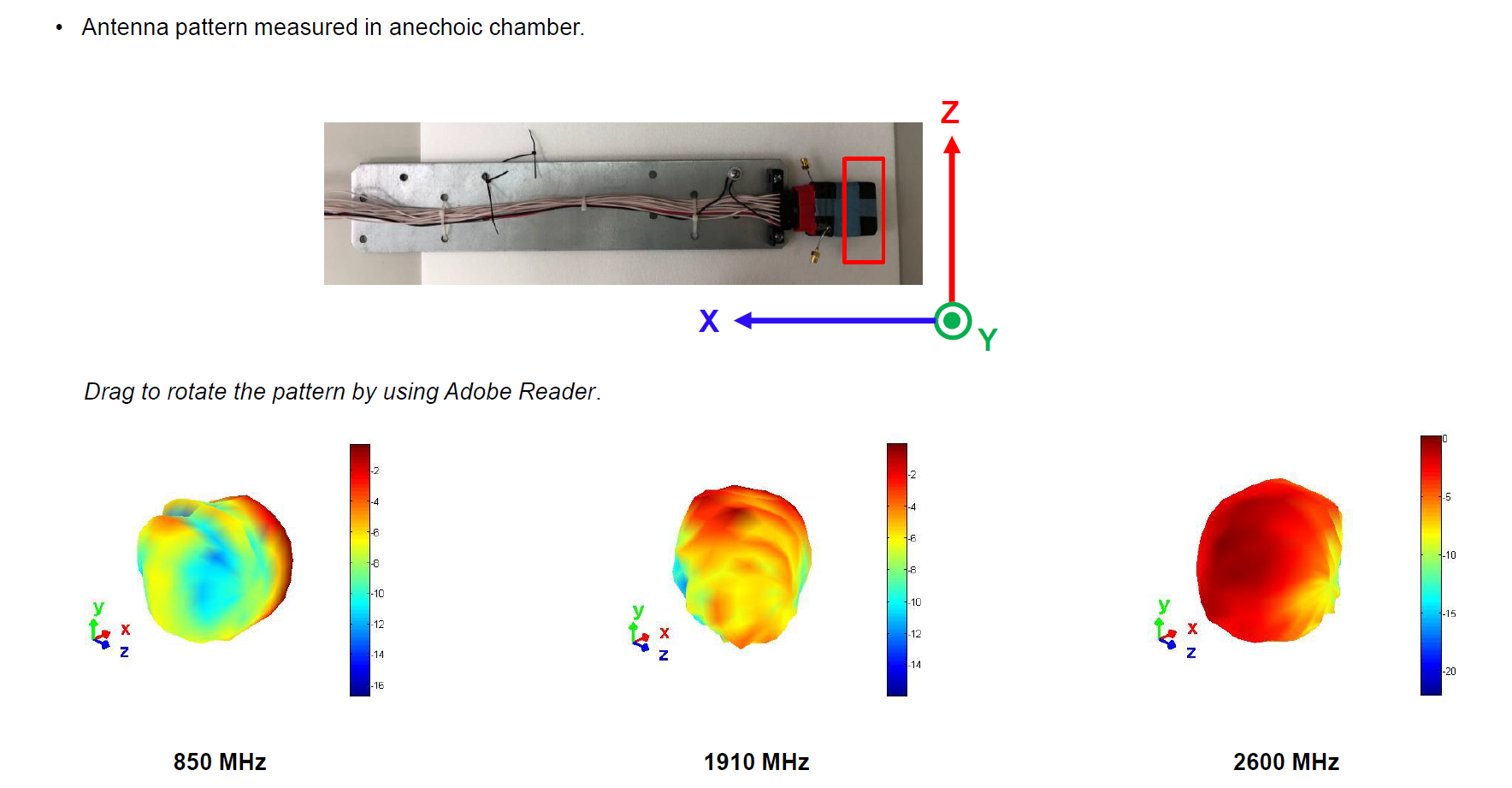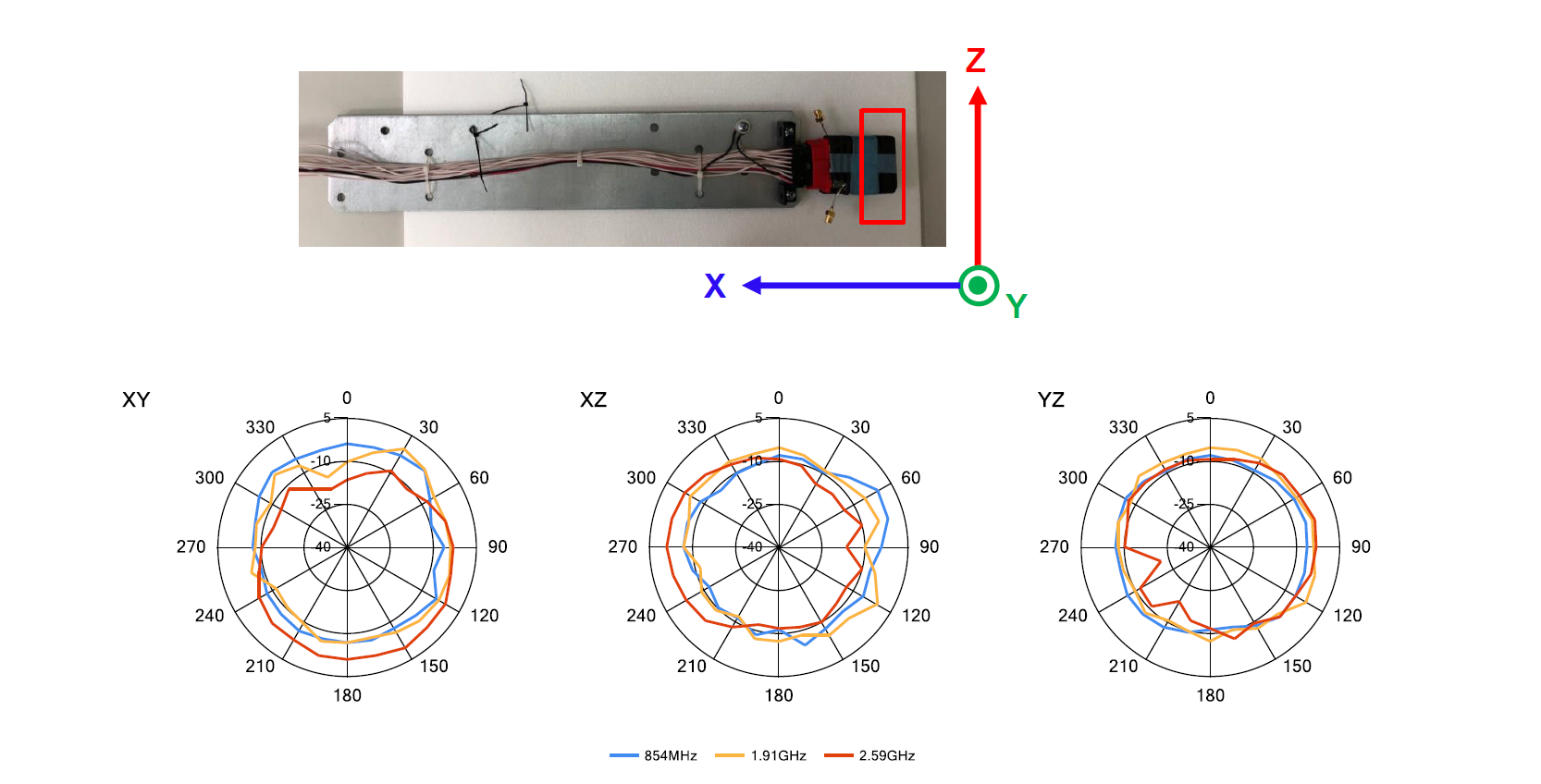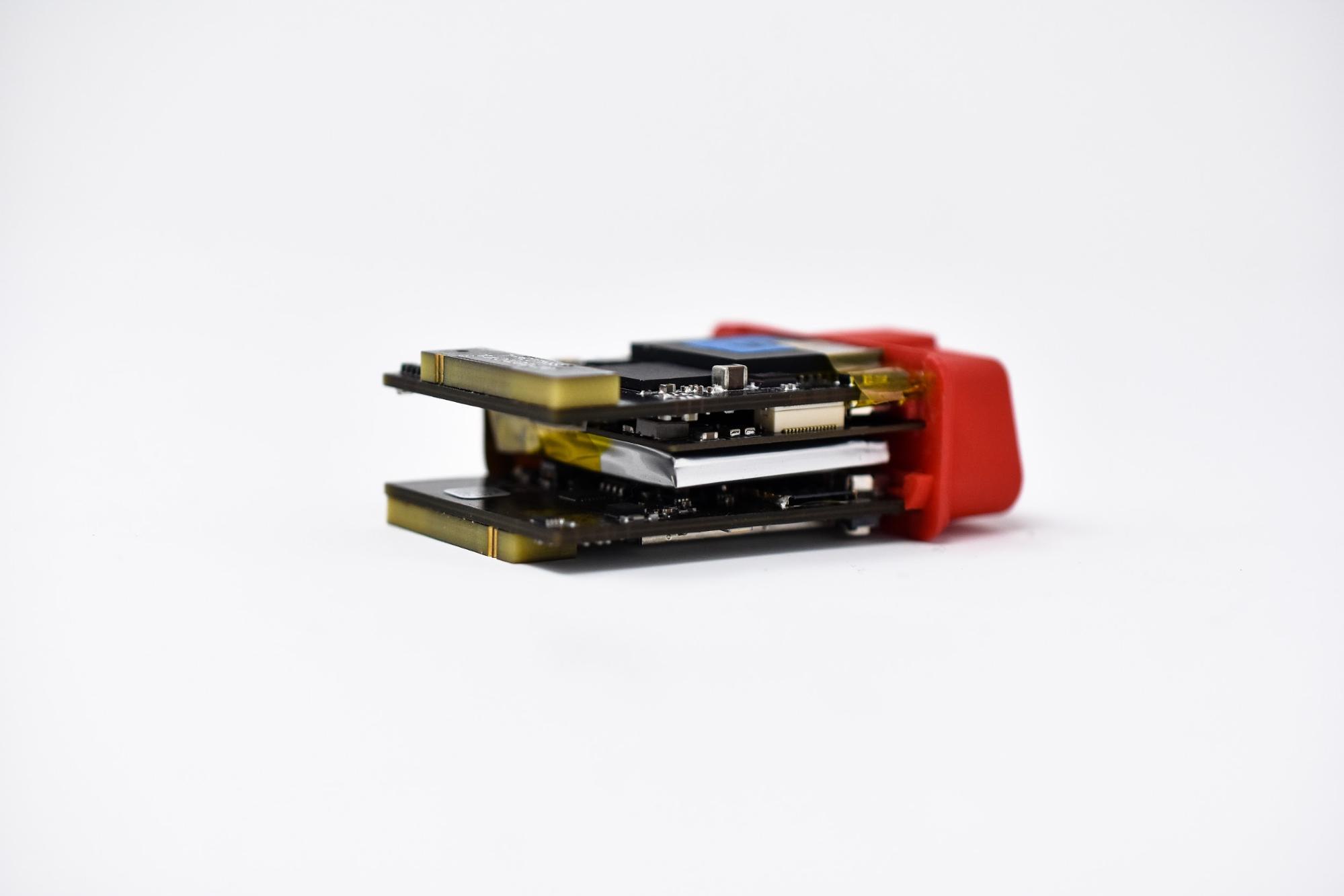On-board diagnostics (OBD) are an integral part of the driving experience and vehicle maintenance systems for engineers. OBD systems present warning lights and messages on your dashboard, while offering technicians insight into how to remedy a dysfunctional vehicle. Since 1996, every single vehicle manufactured has had to comply with OBD-II.
As technology advances, OBD systems increasingly use real-time data to provide preventative and predictive information to drivers and technicians, ultimately making the repair of vehicles less time-consuming and cheaper. Wireless technology is putting this information in front of manufacturers directly to help them identify issues and offer an improved and seamless service for their drivers.
Macchina, an expert automotive design house, supported an ambitious automotive technology startup in building a novel OBD-II dongle, running automotive-grade Linux, that would act as a high-speed Wi-Fi to CAT-4 cellular hotspot in the vehicle. With challenging customer requirements, Macchina needed an antenna that was both customisable and easy to integrate, in order to achieve the performance requirements necessary to pass wireless certification.
A complex set of wireless requirements
On a tiny, rigid-flex circuit board, Macchina needed to design a device that operated with multiple antennas in a highly compact form. The device needed to support cellular, GPS, Bluetooth and Wi-Fi antennas across multiple PCBs, which caused a unique mixture of challenges.
As an OBD-II dongle, it was critical that Macchina retain high levels of wireless performance while minimising the footprint of the device. In order to achieve this, they required a high-performance cellular antenna that offered high levels of performance in a compact form and at a low cost.
The right antenna: an ‘Inversa’ approach
 In addition to bands 25 and 26, operation on LTE band 41 was a customer requirement. LTE band 41 requires only a single frequency band for both uplink and downlink transmission. The band operates between 2496 - 2690 MHz, at a 194 MHz bandwidth.
In addition to bands 25 and 26, operation on LTE band 41 was a customer requirement. LTE band 41 requires only a single frequency band for both uplink and downlink transmission. The band operates between 2496 - 2690 MHz, at a 194 MHz bandwidth.
At higher frequencies, antennas require less physical space to radiate effectively. To minimise component cost and space occupied on the circuit board, antennas use ground planes to radiate. In LTE, these ground planes tend to be large, with a minimum ground plane length of 75mm required to achieve good performance levels.
To fulfil the requirements, Antenova’s RF experts recommended the Inversa antenna for easy integration and high levels of performance within a compact form factor. The OBD-II dongle uses Inversa for both primary and diversity antennas. This dual-antenna implementation proved a good fit, enabling Macchina’s RF support team to optimise performance specifically to the application at hand.
Integration made easy
Although the choice of antenna is important, it is just as important to integrate it properly into the overall product design. Off-the-shelf antennas always need to be impedance matched to perform optimally within any given device.
Antenova’s engineers supported Macchina in testing Inversa’s gain, efficiency and antenna impedance match for primary and diversity antennas. They were also supported by F3 Wireless, a custom wireless electronics device organization that helps companies create certification-guaranteed devices. Modern devices typically feature a range of antennas, operating on a broad spectrum of frequencies. To minimise losses, optimising the configuration in its entirety is critical – especially where cellular network certification is involved.


Lab testing and certification
F3 Wireless provided RF analysis, schematic and PCB reviews, which was crucial given the various technologies being used in the device. GPS and LTE receiver sensitivity were tested in the F3 Wireless lab and were found to improve dramatically with the implemented schematic and PCB layout recommendations provided by F3 Wireless.
Looking for an OBD-II solution?

The advanced OBD-II solution developed by Macchina, F3 and Antenova discussed here is available as a reference design. Contact Macchina for more information on how you can use this design to jump start your automotive solution. Contact F3 Wireless for more information on custom wireless design.
Looking for an antenna?
Finding an antenna that can be easily integrated and seamlessly optimised can be the single biggest determining factor in the success of a wireless design project. Antenova’s antennas are created with our design for integration philosophy. This means every antenna we create is specifically engineered to achieve maximum performance with minimal intervention.



